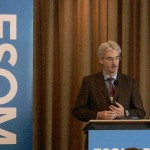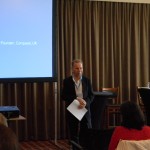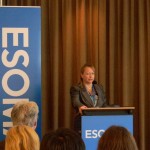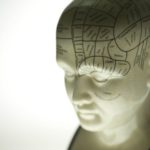The first ESOMAR Seminar series on Emerging Technologies was launched today with an exciting programme on the somewhat controversial subjects of Neuroscience and Neuromarketing.

ESOMAR Director General, Finn Raben, opened the day with a review of what Neuroscience and Neuromarketing have to offer in both theory and application while also introducing a strong lineup of “neuro-gurus” who are presenting to show how the concept of how neuroscience (and other biometric measures) can be used to extend consumer understanding.
Finn noted, “As far as ESOMAR is concerned, it is clear that Neuroscience has a growing commercial following and application, but that there also remain a number of key questions, the three main ones (being):
- Why is there very little peer-reviewed literature on the topic?
- Are these methods truly immune from subjectivity and bias?
- What is the true dollar value of neuroscientific research?
Hopefully this seminar will provide the attendees and our industry with answers to those questions and more…

Seminar Advisory Board Chair, David Penn, MD and Founder of Conquest, then walked the crowd through the programme of the day – and posed an interesting question of where the audience thought neuroscience would be in the future – Would it become the leading methodology or go by the wayside? Only a few raised their hands for either choice. An audience member then suggested that he had left out a somewhat obvious choice – that it would be neither, but would become an integrated part of the MR toolbox. Hands shot up through the room – and an integrated approach won out. Let’s see if that lasts throughout the presentations today.
Setting the scene, Prof. Gemma Calvert’s opening presention dove into the key questions surrounding this field. Why are we using Neuromarketing – who is talking about it, how far has this emerging science gone in a short period of time and what are the key challenges it is facing?
Prof. Calvert noted that Neuroscience is used because often consumer’s fail to report accurately on thoughts and emotions… Quoting Libet, she noted that it is even possible gauge the decision a subject may make before they even make it. Meaning that neuroscience can help identify that something in our brains that is calculating behind the scenes.
She noted that Neuroscience measures non-conscious processes, which of course, can be difficult to tease apart from conscious processes since most are simultaneously activated. However a

key area that Neuroscience can make a difference is that it can be used to discriminate and determine what people actually mean.
Although traditional techniques can describe how respondents feel and think, neuroscience brings an ability to measure emotions (how they feel). Although it is not always a predictor, it is a good indicator and worth measuring. And importantly, Neuroscience can be used to inform at every stage of a brand.
Lastly, she noted that while the techniques are gaining support from an academic perspective, that as practitioners of Neuroscience and Neuromarketing, we need to urgently inform clients about the benefits and demonstrate our abilities. She ended with a comparison of Neuroscience and the building of the Golden Gate bridge, noting that both had skeptics and took time to gain support and urged the audience to keep this in mind and remain patient.
Launched midst a thousand hopes and fears
Damned by a thousand hostile sneers
Yet ne’er its course was stayed
Joseph P. Strauss, Chief Engineer, Golden Gate Bridge and Highway District. Written upon completion of the building of the Golden Gate Bridge in May 1937


